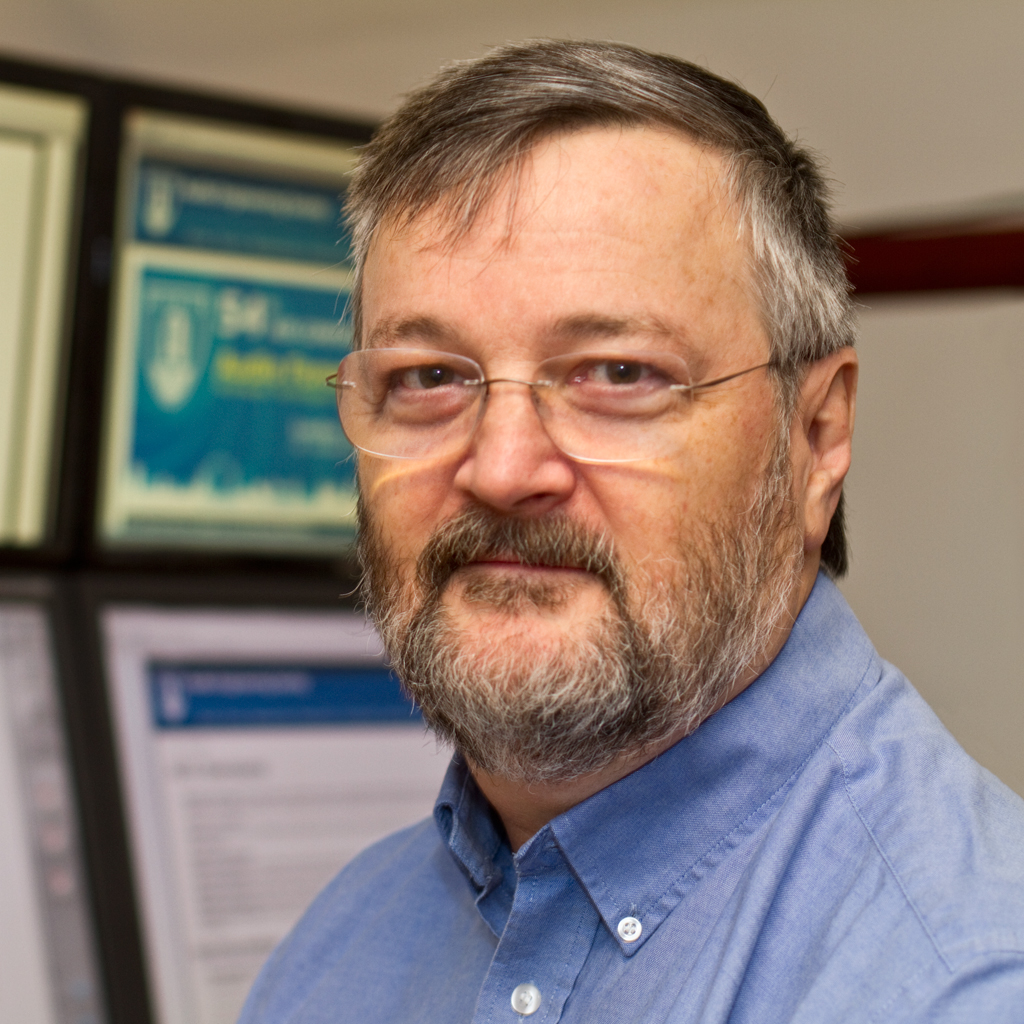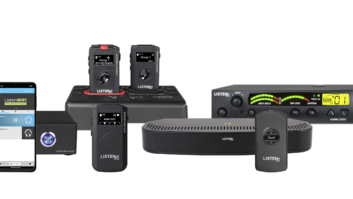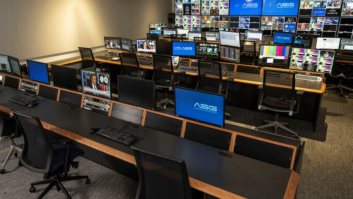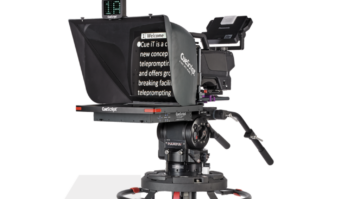
The sceptical observer might wonder whether we need yet another addition to an already crowded networking landscape, but the AES67 standard’s rapid adoption is making everyone sit up and take notice
Very few people would look at the recent landscape for AV networking and conclude that it was an environment characterised by a tremendous degree of uniformity and clarity. A considerable number of solutions based around both Layer 2 and Layer 3 transport crowd the market, and any end-user looking to invest in a more comprehensive networking set-up will not be short of possibilities.
What these various options do not necessarily deliver, however, is peace of mind regarding long-term operation and interoperability between various existing systems. It is therefore no surprise that in this somewhat confused period, standards that aim to guarantee core operating requirements and an acceptable level of interoperability have increasingly become all the rage.
The Layer 2-oriented audio/video bridging (AVB) initiative has been one manifestation of this philosophy, but the high price of the dedicated switches that are needed for AVB has lately slowed the project’s momentum. Automotive is one application area where AVB is still expected to achieve significant success, but there is a suspicion in some quarters that, in terms of professional AV, it may not be quite the panacea that was originally thought.
Into this context comes another new standards initiative, AES67. As standards manager of AES, it stands to reason that I have a keen interest in the fruition of this project; but adoption by a number of leading manufacturers, including Audinate (maker of Dante) and ALC NetworX (developer of Ravenna), confirms that – less than a year after its official launch – AES67 has struck an enduring chord.
AES67: the basics
Part of the reason for this, I believe, is the standard’s extremely specific brief. In contrast to AVB, the aim was emphatically not to provide the structure for a new, comprehensive media distribution system. Rather, the team – led by Kevin Gross, media network consultant for AVA Networks – wanted to find a way to ensure that the many Layer 3-based solutions already on the market could talk to each other easily and seamlessly.
Around 2012, it had struck us that there were indeed plenty of Layer 3-based options now available, but that there was a notable lack of checks and balances in place that might allow them to coexist successfully. Hence the notion of a Layer 3 protocol suite containing interoperability recommendations for pro-quality audio networking in the areas of synchronisation, media clock identification, network transport, encoding and streaming, and session description.
Developed over the course of two years and finally published last September, AES67 is the interoperability ‘meeting point’ that the team envisaged back in 2012.
Early adopters
Defining packet time – and thus network latency – and the specific use of encoding might seem fairly straightforward on the face of it. But they are integral to proper interoperability, and I think it is this level of assurance offered by AES67 that is making it so attractive to vendors. There is also the fact that, in contrast to some areas of networking, it is fairly easily explained!
Ten months in, we already have some of the major players committing to incorporating AES67 into their specifications. They include Audinate, which will accommodate AES67 by adding a Layer 3 RTP option to its existing Layer 3 UDP transport; Bosch, which will integrate AES67 support into its OMNEO media networking architecture; and ALC NetworX, whose Ravenna solution already satisfies AES67 requirements. Elsewhere, Telos Alliance is shipping the AES67-compatible Telos Axia Audio xNode AoIP interface, while QSC has also expressed its desire to support the standard.
Ravenna is performing particularly well in the broadcast environment, and it’s clear that one of the first areas in which AES67 will make a real difference is with broadcasters who have already constructed IP networks and want to ensure interoperability across individual and multiple sites. But there is scope for it to be adopted across the entirety of the pro-AV landscape, including fixed install in general.
Adoption of AES67 may also be assisted by another projected standard, AES-X210, which will furnish users with an architecture for controlling devices on a media network. This initiative is being led by Jeff Berryman, who is also senior scientist with Bosch Security Systems, and should result in a published standard by the end of 2014. All being well, with AES67 transporting signals and X210 controlling devices, the two standards will collectively offer an extensive standards suite for media networking.
With AES67 alone, though, there is still plenty of work to be done: we are currently working on interoperability tests for manufacturers adopting the standard, and in time there is the possibility of a dedicated certification scheme. But before that, I think we will see quite a bit of compliant product on the market prior to the end of this year.
Standards work is notoriously unpredictable – and as a result can be highly frustrating! The need for a standard like AES67 was very evident, however, and it’s clear that we do have a rare incidence of ‘right solution, right time’. It’s a tribute to the great efforts made by Kevin Gross and his team, and the fact that online collaboration has made it much easier to advance standards work. The whole cycle has sped up dramatically, and that’s surely to the benefit of AV professionals everywhere.
Mark Yonge was talking to David Davies.







